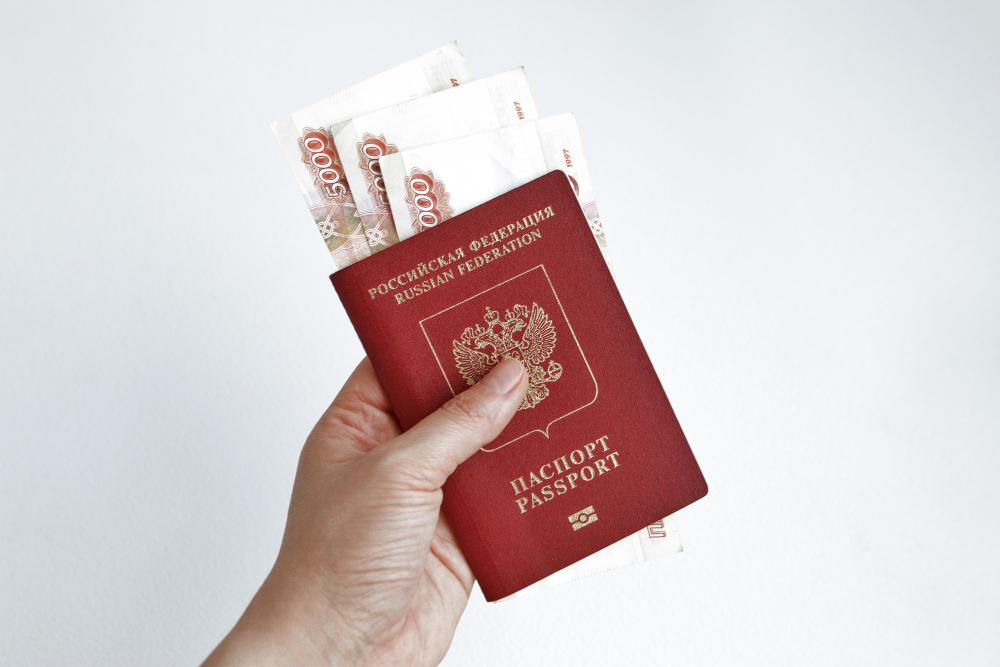Russian Influx to EU Through Loophole Rail Route to Kaliningrad Raises Security Concerns
KEY TAKEAWAYS
- Nearly 14,000 people have used a rail route to reach EU, in spite of sanctions on travel from Russia.
- The fivefold increase has sparked concerns that the route could be used by Russian agents and military personnel.
- Lithuanian authorities claim that the problem is difficult to tackle, as the route is also used by nationals of other countries.
The use of a transit loophole on the rail route from mainland Russia to Kaliningrad is raising alarms in Lithuania, as the surge in the number of Russians exploiting the route has sparked concerns about security and potential implications for the European Union.
A new report by the Center for European Policy Analysis (CEPA), a public policy institution based in Washington DC, has revealed that in 2023, nearly 14,000 individuals utilised this route to enter the EU, marking a fivefold increase from the previous year.
The increase has exposed a loophole in the sanctions imposed by the EU on Russian citizens, prompting questions about their effectiveness.
Russian passengers traveling across Lithuania to Kaliningrad, a Russian exclave on the Baltic coast, are able to disembark in the village of Kena and travel from there to the rest of the EU. While many have papers that would allow travel to Lithuania by other routes, the threat of Russian agents or military personnel using the railroad as a backdoor to the West should not be underestimated.
CEPA
The Kaliningrad transit route gained international attention in June 2022 when Lithuania initially banned the rail transport of sanctioned goods to and from this city.
After a strong reaction from the Kremlin, the EU revised its guidance to permit only the road transport of sanctioned cargoes, leading to a resumption of rail transport through Lithuania. The ban on military personel and goods, however, remained.
Previously in 2002, the EU and Russia had reached an agreement to permit free passage from mainland Russia to Kaliningrad through Lithuania for “persons” as well as goods, “with the aim of further developing the strategic partnership between the EU and Russia.”
According to CEPA, despite efforts to limit train passengers to 300 and additional EU funding to enhance security, Lithuania remains divided on the extent of the threat and the appropriate measures to close the loophole.
Disagreements between the president’s office, the Ministry of Foreign Affairs, and the Ministry of the Interior further complicate efforts to address the issue.
In October last year, Lithuania’s State Border Guard Service (VSAT), had pointed out that stopping the flow of people through this route is problematic, as the same is used by the nationals of the countries too.
For example, last year, 1,000 Israeli citizens, 800 Lithuanian citizens, about 200 Italian citizens, about 200 German citizens, about 200 Ukrainian citizens, and about 150 US citizens got off the train here.
Giedrius Mišutis, VSAT spokesperson
On the other hand, SchengenVisaInfo.com reported at the beginning of January this year that an increasing number of people have been crossing Poland’s border with Kaliningrad trying to reach Russia for Orthodox Christmas.
According to the Polish Border Guard, around 17,014 people crossed the Bezledy and Grzechotki borders with Kaliningrad between December 23 and 27.

